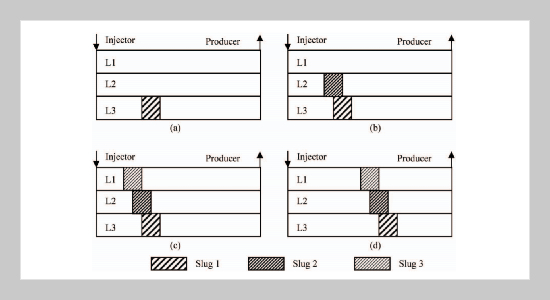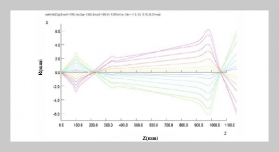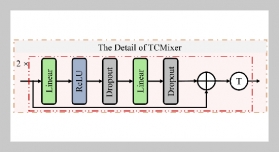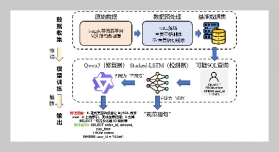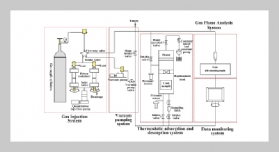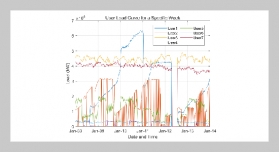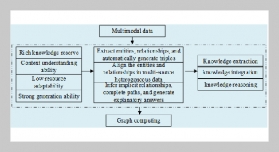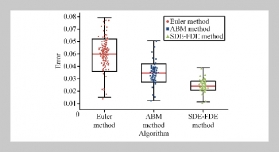REFERENCES
- [1] Wang, D. M., Cheng, J. C., Yang, Q. Y., Li, Q. and Chen, F. M., “Viscous-elastic Polymer can Increase Microscale Displacement Efficiency in Cores,” Paper SPE 63227 Presented at SPE Annual Technical Conference and Exhibition, Dallas, Texas, 14 October (2000). doi: 10.2118/63227-MS
- [2] Song, W., Yang, C., Han, D., Qu, Z., Wang, B. and Jia, W., “Alkaline-surfactant-polymer Combination Flooding for Improving Recovery of the Oil with High Acid Value,” Paper SPE 29905 Presented at the SPE International Meeting on Petroleum Engineering, Beijing, 1417 November (1995). doi: 10.2118/29905-MS
- [3] Grigg, R. B. and Schechter, D. S., “State of the Industry in CO2 Floods,” Paper SPE 38849 Presented at the SPE Annual Technical Conference and Exhibition, San Antonio, Texas, 58 October (1997). doi: 10.2118/388 49-MS
- [4] Seright, R. S. and Lee, R. L., “Gel Treatments for Reducing Channeling in Naturally Fractured Reservoirs,” SPE Production & Facilities, Vol. 14, No. 4, pp. 269276 (1999). doi: 10.2118/59095-PA
- [5] Hou, J. R., Liu, Z. C., Dong, M. Z., Yue, X. A. and Yang, J. Z., “Effect of Viscosity of Alkaline/surfactant/polymer (ASP) Solution on Enhanced Oil Recovery in Heterogeneous Reservoirs,” Journal of Canadian Petroleum Technology, Vol. 45, No. 11, pp. 27 33 (2006). doi: 10.2118/06-11-03
- [6] Bhide, V., Hirasaki, G., Miller, C., Puerto, M., Robb, I. and Norman, L., “Foams for Controlling Water Production,” Paper SPE 93273 Presented at SPE International Symposium on Oilfield Chemistry, Houston, Texas, USA, 24 February (2005). doi: 10.2118/932 73-MS
- [7] Wang, D. M., Cheng, J. C., Yang, Z. Y., Li, Q., Wu, W. X. and Yu, H. Y., “Successful Field Test of the First Ultra-low Interfacial Tension Foam Flood,” Paper SPE 72147 Presented at SPE Asia Pacific Improved Oil Recovery Conference, Kuala Lumpur, Malaysia, 89 October (2001). doi: 10.2118/72147-MS
- [8] Zhang, Y. X., Yue, X. A., Dong, J. X. and Liu, Y., “New and Effective Foam Flooding to Recover Oil in Heterogeneous Reservoir,” Paper SPE 59367 Presented at SPE/DOE Improve Oil Recovery Symposium, Tulsa, Oklahoma, 35 April (2000). doi: 10.2118/59367-MS
- [9] Seright, R. S., “Use of Preformed Gels for Conformance Control in Fractured Systems,” SPE Production & Facilities, Vol. 12, No. 11, pp. 5965 (1997). doi: 10.2118/35351-PA
- [10] Bai, B. J., Li, L. X., Liu, Y. Z., Wang, Z. G. and Liu, H., “Preformed Particle Gel for Conformance Control: Factors Affecting its Properties and Applications,” Paper SPE 89389 Presented at SPE/DOE Fourteenth Symposium on Improved Oil Recovery, Tulsa, Oklahoma, U.S.A., 1721 April (2004). doi: 10.2118/89 389-MS
- [11] Bai, B. J., Liu, Y. Z., Coste, J.-P. and Li, L. X., “Preformed Particle Gel for Conformance Control: Transport Mechanism through Porous Media,” SPE Reservoir Evaluation & Engineering, Vol. 10, No. 2, pp. 176184 (2007). doi: 10.2118/89468-PA
- [12] Seright, R. S. Lane, R. H. and Sydansk, R. D., “A Strategy for Attacking Excess Water Production,” Paper SPE 70067 Presented at SPE Permian Basin Oil and Gas Recovery Conference, Midland, Texas, 1517 May (2001). doi: 10.2118/70067-MS
- [13] Wang, H. G. Guo, W. K. and Jiang, H. F., “Study and Application of Weak Gel System Prepared by Complex Polymer Used for Depth Profile Modification,” Paper SPE 65379 Presented at the SPE International Symposium on Oilfield Chemistry, Houston, 1316 February (2001). doi: 10.2118/65379-MS
- [14] Zhao, G., Dai, C. L. and Zhao, M. W., “Investigation of the Profile Control Mechanisms of Dispersed Particle Gel,” Plos One, Vol. 9, No. 9, pp. e100471e100471 (2014). doi: 10.1371/journal.pone.0100471
- [15] Seright, R. S., Seheult, M. and Talashek, T., “Injectivity Characteristics of EOR Polymers,” SPE Reservoir Evaluation & Engineering, Vol. 12, No. 5, pp. 783792 (2009). doi: 10.2118/115142-PA
- [16] Masuda, Y., Tang, K. C., Mlyazawa, M. and Tanaka, S., “1D Simulation of Polymer Flooding Including the Viscoelastic Effect of Polymer Solution,” SPE Reservoir Evaluation & Engineering, Vol. 7, No. 2, pp. 247 252 (1992). doi: 10.2118/19499-PA


